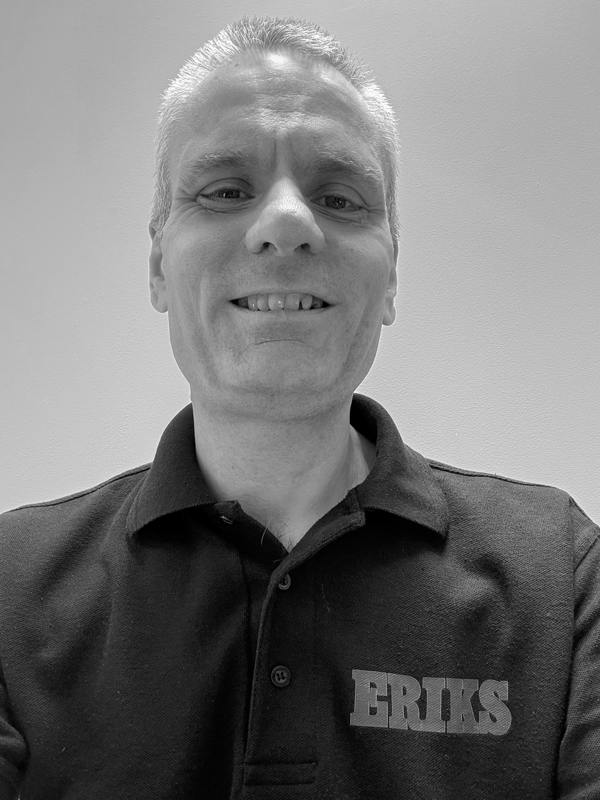In this article
When is a filter not a filter?
When it needs changing. There are 3M filters which protect against particles. There are 3M filters which protect against gases and vapours. And for protection against particles and gases there are 3M Combination Filters. But if the filters aren’t right for the task, and aren’t changed at the right time, then they’re a potential health and safety hazard. So how do you know which 3M filter to choose, and when to change a used filter for a new one? We’ve filtered the available information to give you the guidance.

Essentially there are three main types of filter to use in respiratory PPE:
Particulate filters
3M Particulate Filters consist of a 3D network of fibres which trap particles but allow air through.
These filters work better the longer they are used – up to a point. As they become loaded with contaminants it’s harder for particles to pass through, but it’s also harder for air to do the same – making it more difficult for the wearer to breathe.
When to change
- Filters should be discarded if the shelf life / expiry date has elapsed.
- When the wearer notices more difficulty in breathing. How quickly this happens depends on dust levels in the environment, and the wearer’s sensitivity to the change in ease of breathing
- If the filter has any physical damage
- If the filter is unhygienic (e.g. if the wearer has sneezed when wearing it)
- In some working environments (e.g. healthcare) a change of filter may be required after every use, for infection control
Gas and vapour filters
3M Respirator Filters are filled with activated carbon, which absorbs certain gases and organic vapours. Some gases and vapours won’t be absorbed by activated carbon alone, so other filter options containing other metals and salts are available. The EN 14387 standard uses a classification system to identify the different types of contaminants these treated carbon grains will capture and 3M filters are colour coded and marked in line with this system.
When to change
- Filters should be discarded if the shelf life / expiry date has elapsed.
- Once opened, the filter must be replaced after 6 months
- If the filter has been in use for 6 months.
- If the wearer notices an unusual smell or taste (Breakthrough)
- If the filter is damaged or unhygienic
- When local or other specific regulations require it
Better safe than sorry
Establishing a filter change schedule – especially for gas and vapour filters – will ensure they are ideally changed before the end of their service life.
Service life software is available from 3M, which can calculate a service life for filters based on specific workplace conditions such as contaminant concentration, humidity, temperature, and whether the respirator is used continuously or intermittently.
There may be environments in the workplace where a combination of particulate and gas/ vapour protection is required. Here you may wish to consider combination filters which can provide particulate protection alongside a variety of activated carbon gas and vapour filters.
3M™ Particulate Filter P3 R 6035

3M™ Gas and Vapour Filter A1 Formaldehyde 6075

3M™ Gas and Vapour Filter ABEK1 6059

3M™ Combined Gas and Vapour and Particulate Filter 6096

Filter Type
Colour Code
Type of Contaminant
A
Brown
Organic vapours with boiling point > 65˚C
B
Grey
Inorganic gases and vapours
E
Yellow
Acid gases
K
Green
Ammonia and organic ammonia derivatives
Formaldehyde
Olive Green
Formaldehyde vapour
AX
Brown
Organic vapours with boling point < 65˚C
Hg
Red
Mercury vapour
P
White
Solid and non-volatile liquid aerosols
Join the 3M fan club
Wearing a face mask for any length of time can lead to heat and moisture build-up inside the mask. So, the latest 3M innovation is designed to make mask-wearing more comfortable.
The 3M™ Cool Flow™ Fan, 1040 Series, continuously draws exhaled air away from the face , creating a cooling effect on the face whilst reducing heat and moisture build up.
The 3M™ Cool Flow™ Fan, 1040 Series, is optional with the 3M™ Maintenance-Free Reusable Half Mask, 4000+ Series. This mask, with integrated filters, also has an enhanced exhalation valve assembly, which in laboratory tests, reduced breathing resistance by over 30%*.
Lightweight, well-balanced, and with a soft and flexible face seal, the mask also has easily adjustable straps for a secure and comfortable fit. For protection against different workplace respiratory hazards, there is a choice of 4 versions available.
*Exhalation breathing resistance of 3M™ 4000+ reduced by >30% for 120 lpm peak exhalation flow and >35 % for 160 lpm compared to 3M™ 4000 Series. Results measured by 3M in 2017 under laboratory conditions. Breathing rates shown as an example only
For more information on Safety Solutions and to get in touch with one of our ERIKS Specialists, please contact your local ERIKS Service Centre, who will be happy to discuss your options.
#3M #ERIKS #LetsMakeIndustryWorkBetter #Filters #Gas #Vapour #Particulate #Safety

